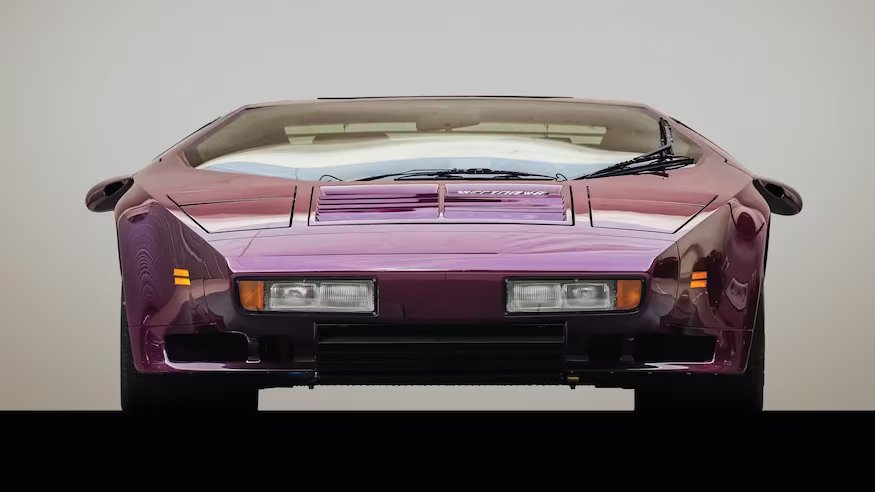The 1980s were a decade that seemed to be made specifically for supercars, a time of extravagant spending, yuppie fantasies, and the ascent of Wall Street titans determined to squeeze every last dollar out of existence. What better way to flaunt your wealth than by driving a car that stood out among the sea of fairly conventional cars that were prevalent at the time for its presence and performance?
Which 1980s supercars are still fresh in our minds today? Here are ten of the most iconic machines produced during that time period, whose exorbitant costs and enormous power helped to create the conditions for the era’s financial boom.
Porsche 959
The Porsche 959, a car that was never formally offered for sale in this country but tantalized Americans from across the ocean, was the pinnacle of the forbidden ’80s supercar fruit. The 959 stretched out the 911’s chassis, added an advanced all-wheel-drive system, and used materials like Kevlar and Nomex to build its body in order to dominate the Group B rally competition.
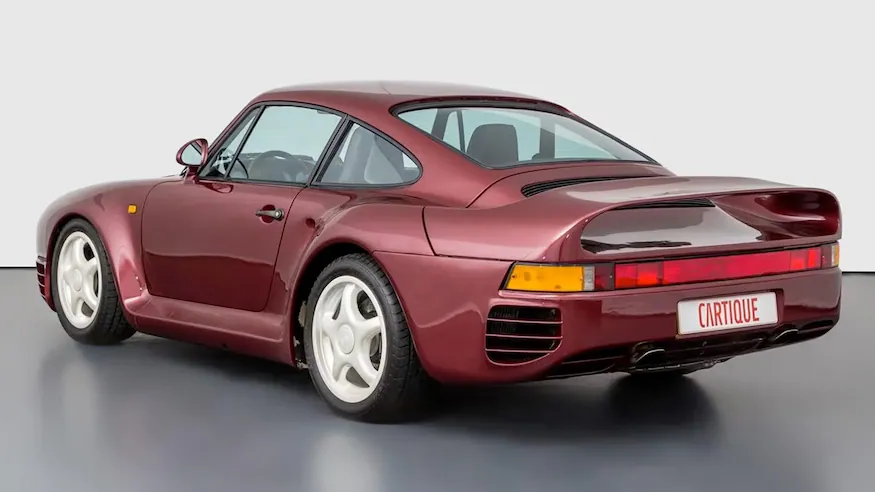
The Porsche’s ride height automatically adjusted to enhance aerodynamics when traveling at high speeds, and its twin-turbo 3.8-liter flat-six engine produced between 444 and 508 horsepower, depending on the model chosen. That was sufficient to push the Porsche 959 well past the 200 mph barrier, which was a remarkable accomplishment for the mid-1980s.
Initial cost: $225,000
Ferrari F40
The Ferrari F40, Italy’s answer to the German supercar, followed the 959 closely. Ferrari spared no cost in creating the F40 as the ultimate street vehicle of the decade, drawing inspiration in part from the brand’s 288 GTO Evoluzione (which was also meant to compete in Group B before the class was discontinued).
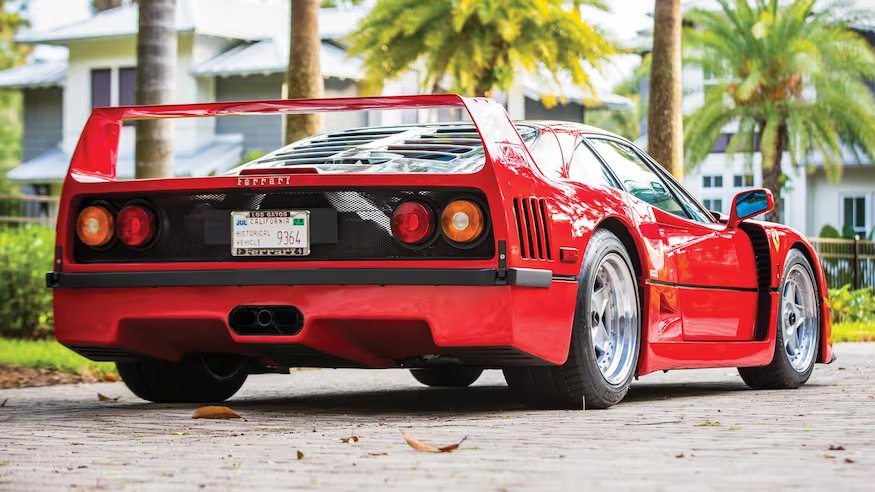
The sensational-sounding F40 relied on its driver’s skill to keep it headed in the right direction because it lacks power steering, power brakes, or even ABS. Instead, it has a 2.9-liter twin-turbo V-8 engine that produces 417 horsepower and 426 lb-ft of torque.
The F40 used similar lightweight ideas, like a Kevlar weave through the body panels, but was slower off the line than the 959 because it didn’t have AWD traction. To save even more weight, early models had less than a half-gallon of paint applied evenly throughout the entire vehicle. The Ferrari was 800 pounds lighter overall than Porsche, its main rival.
Initial cost: $400,000.
Dodge M4S Turbo Interceptor
Throughout the 1980s, automotive supplier PPG collaborated with a wide range of manufacturers and created a number of iconic pace cars for the Indy Racing series that pushed the limits of everyday vehicles.
The Dodge M4S Turbo Interceptor, a highly aerodynamic coupe that used Chrysler’s 2.2-liter turbocharged four-cylinder engine as the centerpiece of a supercar capable of close to 200 mph, is perhaps the best illustration of this principle that is available.
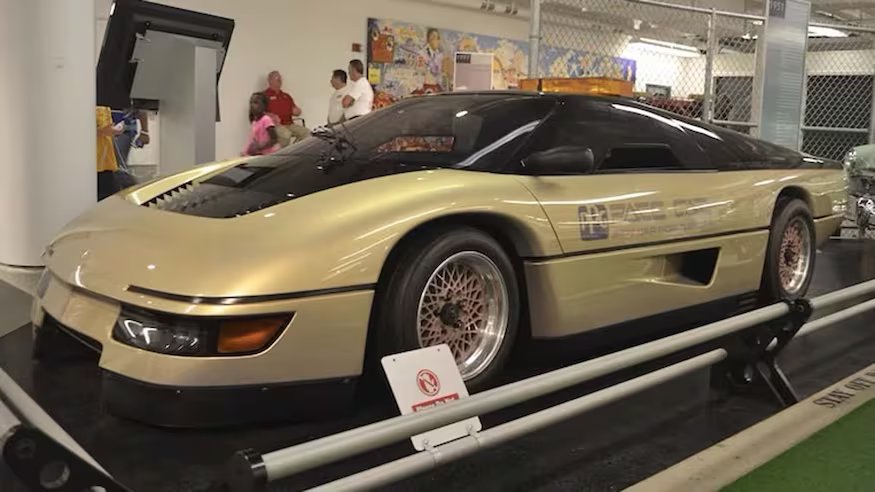
The technical teams at PPG and Dodge collaborated to create the dramatically streamlined M4S Turbo Interceptor, which is powered by a 440-horsepower version of the small turbo-four.
Despite being designed as a pace car, it wound up taking center stage in the 1980s cheese-fest The Wraith, which starred Charlie Sheen as a deceased street racer who might also be a vehicle.
Initial cost: $1,500,000 (to build)
Vector W8
One of the great American “what might have been” tales of the 1980s supercar era is Vector, a company beset by financial issues. The W8 underwent a protracted development process that started at the end of the 1970s, and it wasn’t until 1989 that it entered production. Even then, just 20 copies of the wicked wedge were created over the course of the subsequent four years.
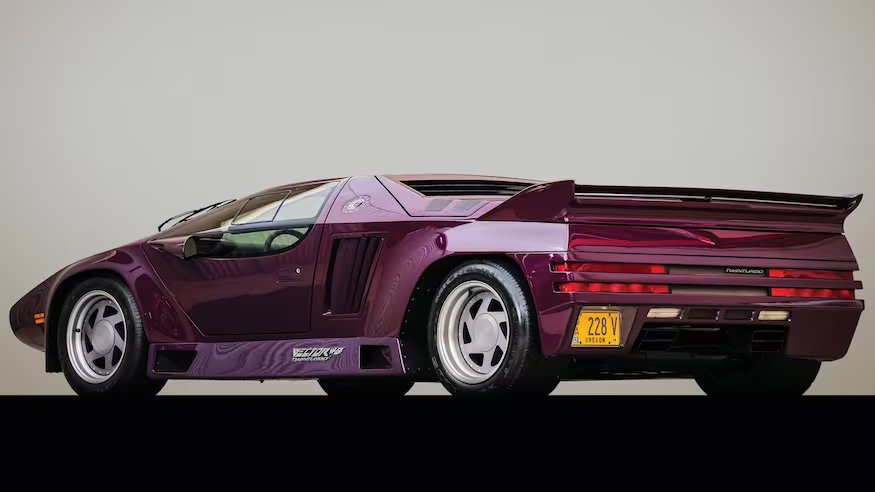
The W8’s twin-turbo V-8 produced a massive 625 hp and 649 lb-ft of torque, which was enough to drive it to a reported 242 miles per hour. It also included an antiquated de Dion rear suspension system and an automatic transmission. Few people ever had the chance to see Vector’s outrageous-looking coupe at full speed,
Yet, the excitement that accompanied the vehicle cemented its place in the zeitgeist for exotic cars in the 1980s.
Initial cost: $250,000.
Ruf CTR Yellowbird
The second fastest Porsche on this list isn’t even technically a P-car. Historically, Ruf Automobile has both modified pre-existing vehicles and created its own distinctive versions. Although the CTR Yellowbird was a near-exact replica of the Porsche 911 Carrera, the latter definition may have been stretched because it was a separate brand.
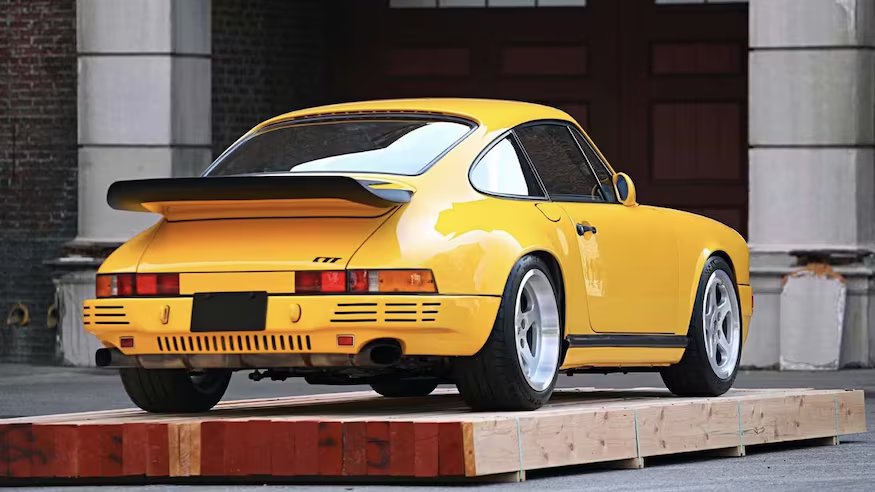
Many people argue that the advertised 463 horsepower for the Ruf CTR’s turbocharged 3.4-liter six-cylinder engine was significantly lower than what the engine really produced. The Yellowbird was one of the first supercars to make its breathtaking performance at the Nürburgring in the legendary Fascination commercial movie a crucial part of its folklore, and its lap time still stands today.
And when measured against substantially more advanced technology, its lap time still holds up today.
Initial cost: $142,000
Oldsmobile Aerotech
Not all iconic 1980s supercars were made accessible to the general public. Oldsmobile’s four-cylinder Quad 4 engine design, which was turbocharged to create an astonishing 900 horsepower from just 2.3 liters of displacement, was first tested in the Oldsmobile Aerotech.
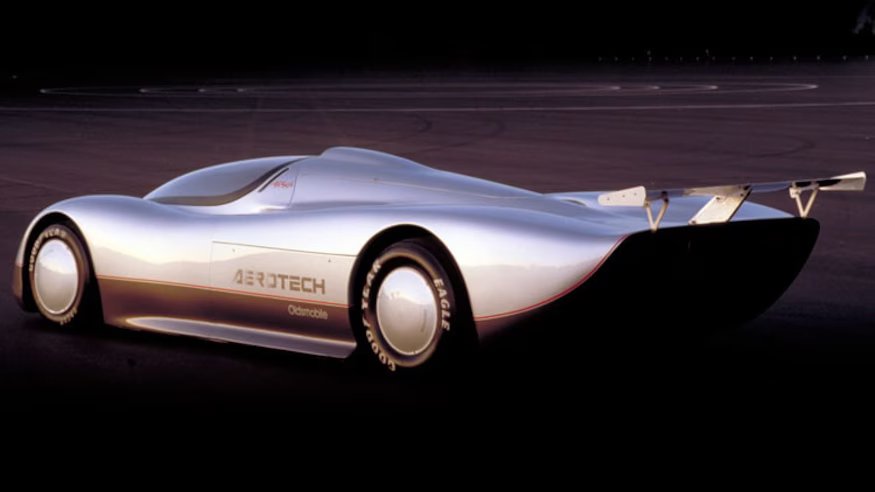
A CART open-wheel racing chassis that had been modified to support the incredibly aerodynamic bodywork that characterized the series of Aerotech prototypes housed that powertrain. While some models used a long-tail design that allowed the vehicle stability at speeds over 275 mph, others included moveable belly pans that could direct air for maximum downforce.
After adding a second turbo and eventually producing more than 1,000 horsepower, the Aerotech Quad 4 was replaced by a third prototype with a V-8-powered version that was inspired by the same Aurora design that would eventually be used in Oldsmobile’s production vehicles.
Initial cost: N/A
Aston Martin Bulldog
When the first—and only—example of this flat, pug-nosed coupe was unveiled to the world in 1980, the Aston Martin Bulldog’s twisting story of supercar drama began. The Bulldog, the automaker’s first attempt to surpass 200 mph, was unlike anything else in its lineup, sporting gullwing doors and looking like a somewhat squashed version of the Aston Martin Lagonda.
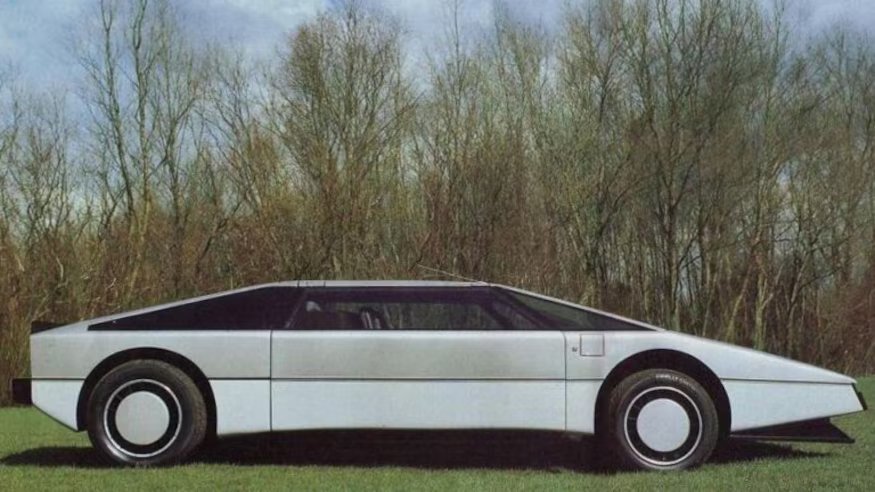
Although having a 600-hp, twin-turbo version of the 5.3-liter V-8 from Aston Martin, the Bulldog only managed a 191-mph run during first testing, falling barely shy of its declared objective.
The British company sold the Bulldog concept to a Saudi prince because they were intimidated by the economics of making such a sophisticated car. It was finally revived in 2023, and during a highly publicized run on a closed course, it reached speeds of over 205 mph.
Initially cost: $302,000
Ford RS200 Evo
The Ford RS200 Evolution is the final Group B invader on our list of the most iconic supercars from the 1980s. With one of the top all-wheel-drive systems available at the time, the RS200 Evo was able to reach 60 mph in under 3.0 seconds, which was quicker than any other vehicle on the market in 1986.
Ford was required to manufacture a particular number of customer cars in order to be eligible for the rally despite the fact that the vehicle was only meant for racing duty.
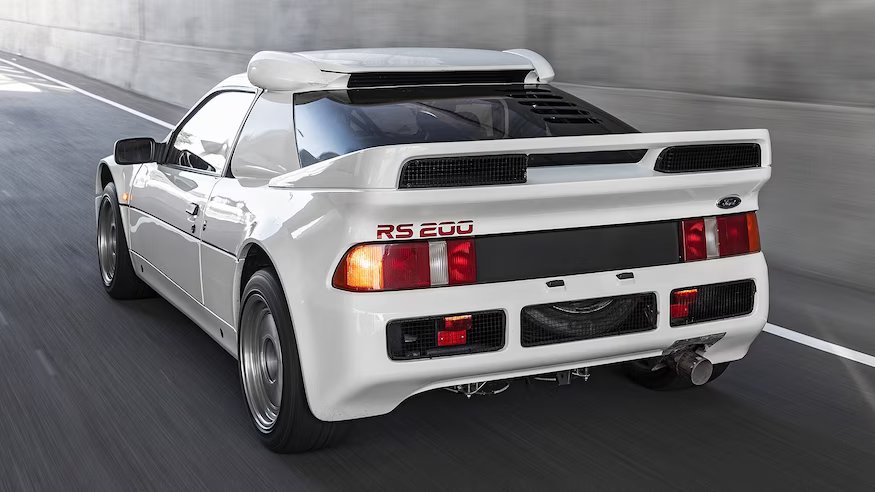
The RS200 had a turbocharged four-cylinder engine that produced 250 horsepower and was roughly based on the European Ford Escort. Its four-wheel-drive system could distribute torque in a variety of ways, and some race cars even had a full rear-wheel-drive mode.
Ford transformed the remaining competition vehicles into street-legal versions, named the Evo, after Group B was abandoned. They had a bigger four-cylinder engine with 600 horsepower, which effectively transferred the car’s extraordinary rally prowess to the road.
Initial cost: $93,000
Isdera Imperator 108i
An entrepreneurial engineer by the name of Eberhard Schulz secured the right to construct his own supercar based on the slick-looking coupe after Mercedes-Benz decided not to put its CW311 concept into production at the end of the 1970s. The final product, the Isdera Imperator 108i, was a car that barely covered up its CW311 roots.
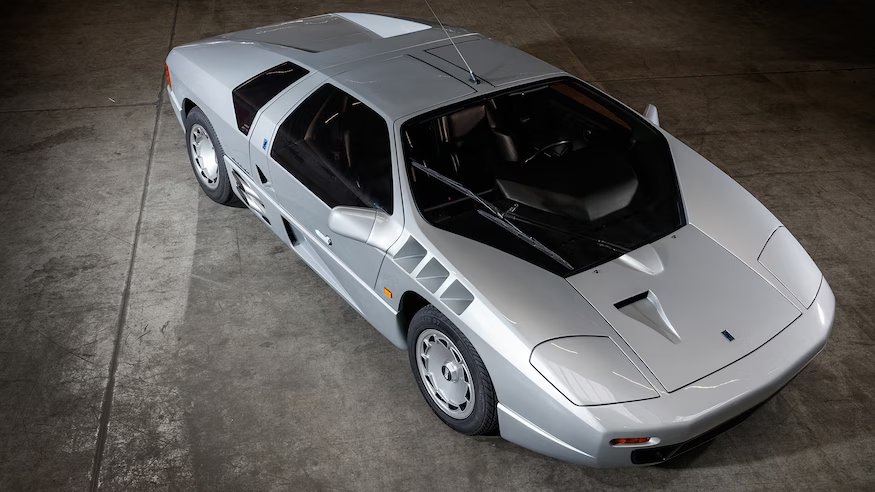
Some of these, like gullwing doors and a periscope used for backing up, weren’t as novel in 1984 as they had been in the 1970s when vehicles like the Lamborghini Countach led the way in using them. But, the glassed-in, fuselage design of the Isdera was intimidating, and a variety of V-8 engines from Mercedes-Benz delivered the Imperator, of which 30 versions were manufactured, with up to 390 horsepower.
Initial cost: $135,000.
Callaway Corvette Sledgehammer
The Callaway Sledgehammer, which is perhaps the first American supercar on the contemporary scene, was introduced by the C4-generation Corvette, which hasn’t done much to pique the interests of contemporary collectors.
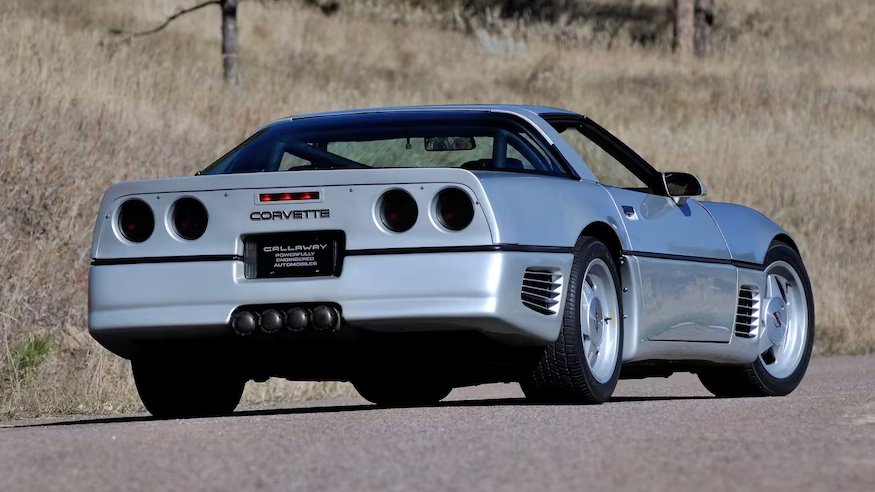
The Callaway formula, which was initially offered directly from Chevy dealerships, was built around a twin-turbo version of the Chevrolet Corvette’s 5.7-liter V-8 engine, which saw an increase in power to 345 horsepower and 465 lb-ft in early vehicles.
This served as the basis for the Sledgehammer, a vehicle with an incredible 898 horsepower that sent the aero-modified Corvette above the 250 mph mark. There has only ever been one Sledgehammer produced, and no ‘Vette has ever performed better.
Initial cost: $400,000.

